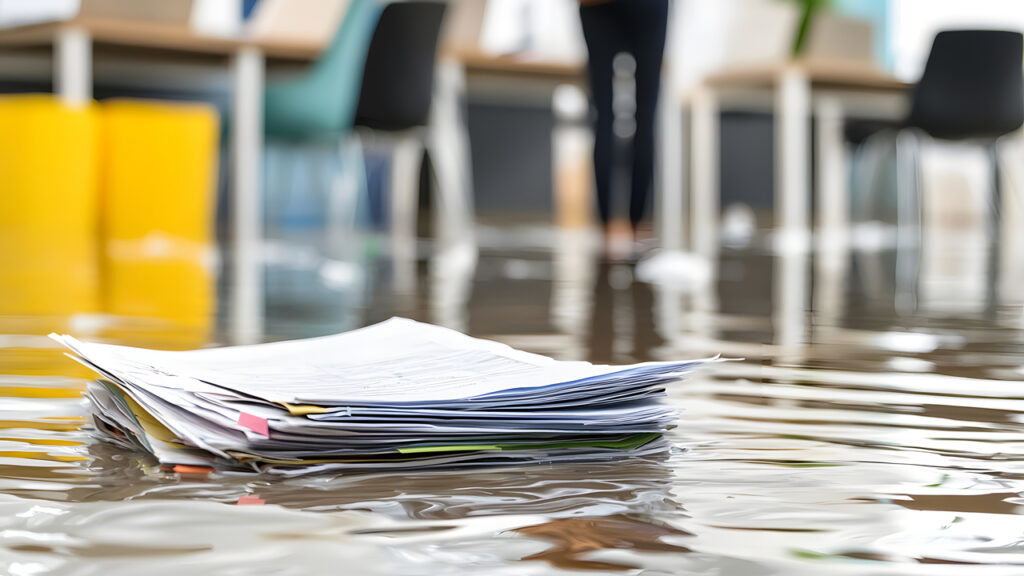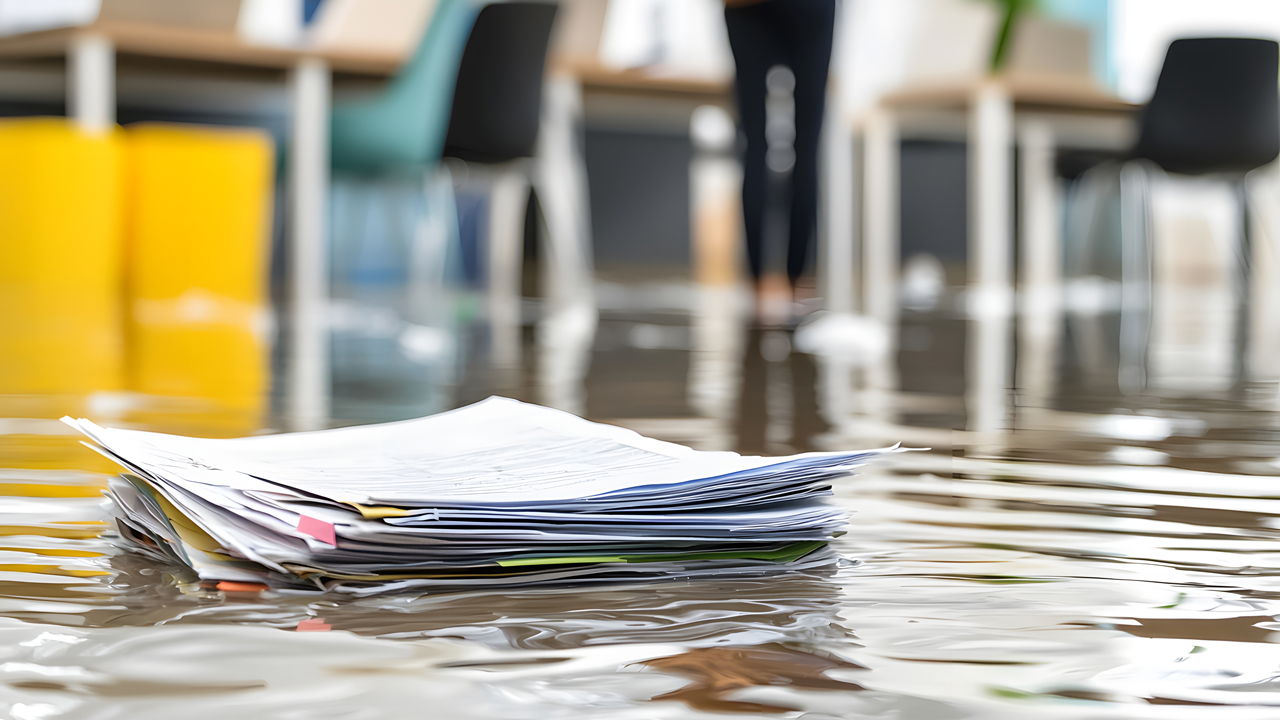Navigating Turbulent Waters: Crisis Management & Business Continuity After a Major Flood

When floodwaters rise, so do the stakes for businesses.
For corporate crisis managers, a major flood is more than a natural disaster—it’s a real-time stress test of operational resilience and strategic clarity. This blog unpacks how to respond, recover, and reinforce continuity in the wake of flooding events.
Phase 1: Immediate Response – Activate Crisis Protocols
As the flood unfolds, swift action is paramount. The first hours are often the most critical.
Key Actions:
- Activate Emergency Response Team (ERT): Ensure roles and responsibilities are clear and communicated.
- Ensure Safety of Personnel: Account for all employees, secure evacuations if necessary, and maintain open lines of communication.
- Establish Command Center: Set up a virtual or physical hub to coordinate response efforts and manage information flow.
- Engage External Stakeholders: Notify customers, suppliers, and partners with status updates and contingency plans.
Phase 2: Damage Assessment & Initial Recovery
Once the immediate threat has passed, it’s time to assess the impact and stabilize.
Key Actions:
- Conduct Site Inspections: Partner with local authorities and insurance reps to evaluate structural and operational damage.
- Secure Data and IT Infrastructure: Validate backups, check cybersecurity breaches, and restore connectivity.
- Document Losses: Begin a trail of evidence for insurance claims and federal assistance (e.g., FEMA).
- Prioritize Critical Functions: Resume operations for high-priority departments through alternative facilities or remote work.
Phase 3: Business Continuity Implementation
Business continuity is not just about surviving—it’s about sustaining momentum under pressure.
Key Actions:
- Invoke the Business Continuity Plan (BCP): Mobilize backup systems, substitute vendors, or relocate departments as outlined.
- Maintain Customer Confidence: Communicate transparently with clients about service disruptions and recovery timelines.
- Adapt Supply Chain Logistics: Reroute shipments and reevaluate vendor dependencies.
Related: Business Continuity & Operational Resilience – Is it the same? Part 1
Phase 4: Post-Crisis Review & Resilience Building
Once the dust (or water) settles, the learning begins.
Key Actions:
- Conduct After-Action Review (AAR): What worked? What failed? Use these insights to refine your crisis playbook.
- Upgrade Infrastructure: Reinforce physical structures against future flooding—elevate servers, waterproof storage, and review zoning.
- Train and Simulate: Regular drills ensure that teams remain ready, not reactive.
- Improve Your BCP: Incorporate lessons learned, update contacts, and run tabletop exercises.
Final Thoughts
A flood may wash away roads and buildings—but with strong crisis leadership, it doesn’t have to sweep away business viability. Corporate crisis managers who champion preparedness, clarity, and adaptability become the anchor that holds a company firm amid turbulent tides.
Want help refining your company’s flood-specific BCP or training your ERT for hydro-based hazards? I’d be happy to dive into that with you.








Add your first comment to this post